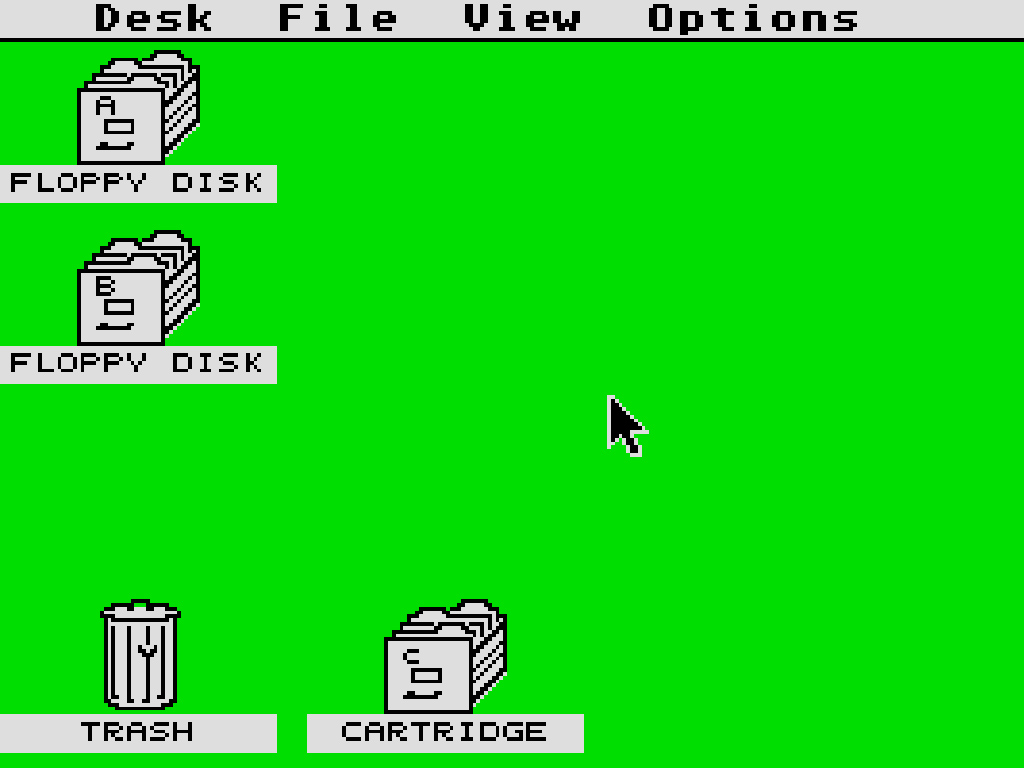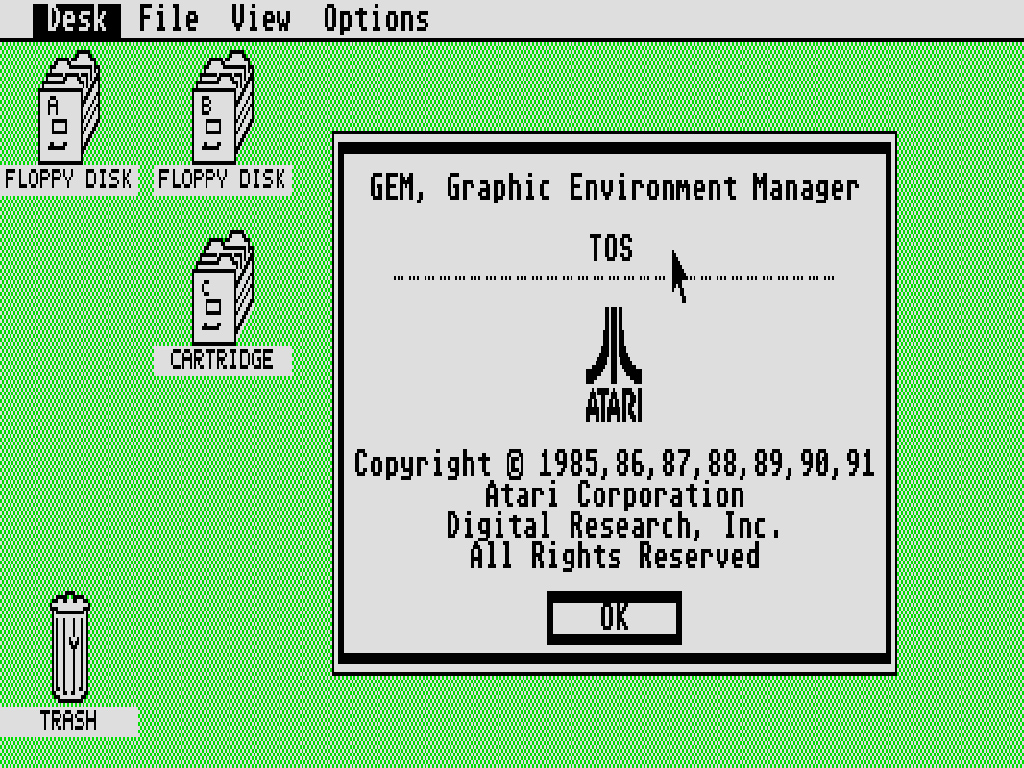Computer History: From The Antikythera Mechanism To The Modern Era
In this article, we shed light on the most important moments in computer history, acknowledging the people that have contributed to this evolution.
ATARI TOS, (Mega) STE, TT And The Jaguar Gaming Console
The Atari ST operating system was called TOS (Total Operating System) and it was developed by Digital Research, the company behind CP/M, which was founded by Dr. Gary Kildall. The TOS featured a GUI, named GEM, and behind the curtain it ran GEMDOS, which shared some similarities with the DOS operating system that IBM compatible PCs were using.
The TOS was stored in the ROM of every Atari ST and was installed on a mounting base instead of being soldered directly onto the computer's mainboard. This was done with the ROM upgrade in mind, which would allow for easier future TOS upgrades. We should mention that in TOS there was no shut-down option; you just switched-off the computer, which sounds really strange nowadays.


Around the end of 1989 Atari released the STE series to succeed the ST line, and it included improvements in the graphics and sound along with an upgraded OS. However, it was already too late for Atari to fight Amiga, which was clearly the winner in gaming software. Also, all STE models were equipped with a special chip that could accelerate 2D graphics, something that the competitive Amiga offerings already had (called a blitter; more on this in the Amiga section on the following page).
The Mega STE line followed, and in 1990 Atari introduced its flagship TT, which was based on the 32-bit Motorola 68030 CPU. Unfortunately, the TT models were the last computers built by Atari.
After a significant and rather successful course in the computer hardware market (thanks to the Atari ST line), Atari stopped making home computers. It is worth mentioning that the company's last effort in the game console market was the Atari Jaguar, which, according to Atari, was the first 64-bit game console. The Jaguar didn't do well mostly because of the limited games released for the platform, which was due to the complex multi-chip architecture that made game development difficult. Atari also faced strong competition. In 1995 Sony released the PlayStation, which drove even lower Jaguar sales, and the console's production ended in 1996. Currently, Atari is known as Atari, SA (ASA) and focuses only on software.
MORE: Best CPUs
MORE: All CPU Content
Get Tom's Hardware's best news and in-depth reviews, straight to your inbox.
Current page: ATARI TOS, (Mega) STE, TT And The Jaguar Gaming Console
Prev Page Atari 520ST And 1040ST(F) Next Page Commodore Amiga
Aris Mpitziopoulos is a contributing editor at Tom's Hardware, covering PSUs.
